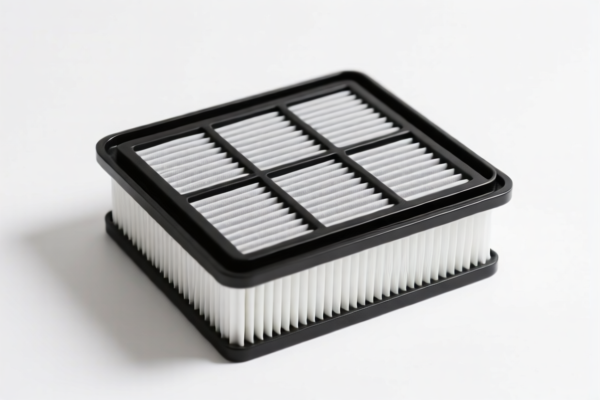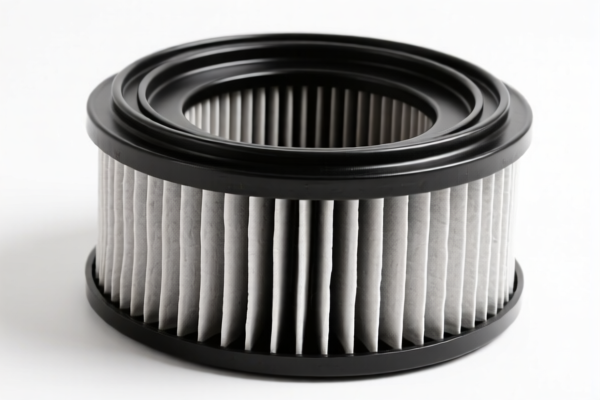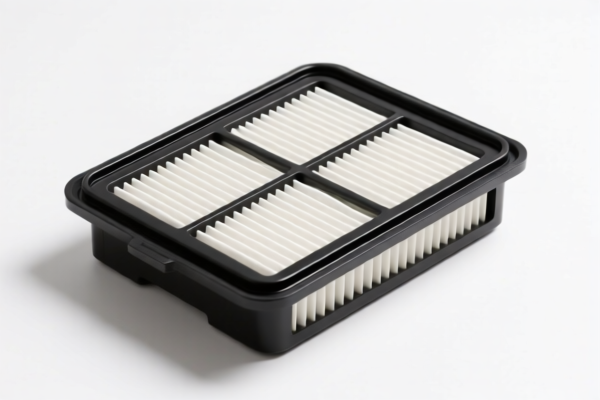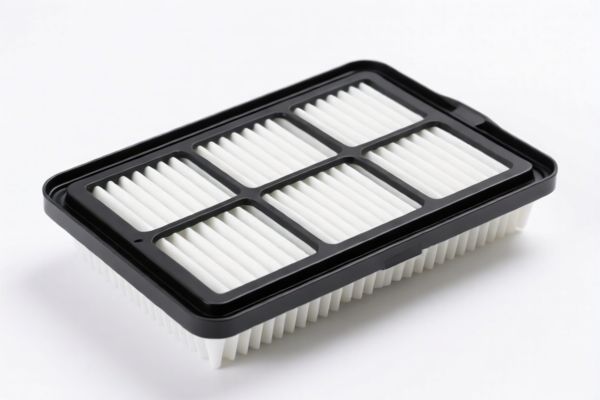| HS Code | Official Doc | Tariff Rate | Origin | Destination | Effective Date |
|---|---|---|---|---|---|
| 7305314000 | Doc | 30.0% | CN | US | 2025-05-12 |
| 7305391000 | Doc | 30.0% | CN | US | 2025-05-12 |
| 7306305026 | Doc | 30.0% | CN | US | 2025-05-12 |
| 7306305027 | Doc | 30.0% | CN | US | 2025-05-12 |
| 8307103000 | Doc | 58.8% | CN | US | 2025-05-12 |
| 8307106000 | Doc | 58.8% | CN | US | 2025-05-12 |




Air Duct
An air duct is a pathway for delivering and returning air in heating, ventilation, and air conditioning (HVAC) systems. They are typically constructed from sheet metal, fiberglass duct board, or flexible plastic/fabric and are a critical component of indoor climate control.
Material
- Sheet Metal: Galvanized steel or aluminum. Durable, airtight, and suitable for main trunk lines and long runs. Can be more expensive and require specialized tools for installation.
- Fiberglass Duct Board: Rigid panels made of glass fibers bonded with adhesives. Offers good thermal and acoustic properties. Commonly used for rectangular ducts and plenums.
- Flexible Duct: Typically made of a plastic/fabric inner layer with a wire helix for support. Easy to install and navigate around obstacles, but offers higher airflow resistance and is less durable than rigid ductwork.
- PVC Duct: Used in specific applications, particularly for exhaust systems or corrosive environments.
Purpose
The primary purpose of air ducts is to efficiently distribute conditioned air (heated or cooled) from the HVAC unit to the intended spaces within a building and return air back to the unit for reconditioning.
Function
- Supply Ducts: Carry heated or cooled air from the HVAC unit to registers or diffusers in rooms.
- Return Ducts: Carry air from rooms back to the HVAC unit.
- Trunk Ducts: Main, larger ducts that branch off into smaller supply and return ducts.
- Plenums: Boxes or enclosed spaces that distribute air to multiple ducts.
Usage Scenarios
- Residential HVAC Systems: Central heating and cooling in homes.
- Commercial HVAC Systems: Large-scale climate control in offices, retail spaces, and industrial facilities.
- Ventilation Systems: Exhausting stale air and supplying fresh air.
- Industrial Processes: Transporting air for specific applications, such as dust collection or fume removal.
Common Types
- Round Ducts: Offer the least resistance to airflow and are often used for main trunk lines.
- Rectangular Ducts: More common for branch lines and where space is limited.
- Flat Oval Ducts: Used in tight spaces, offering a compromise between airflow resistance and space efficiency.
- Flexible Ducts: Used for connecting registers/diffusers to rigid ductwork or for short runs in difficult-to-access areas.
- Insulated Ducts: Ducts with an outer layer of insulation to reduce heat loss/gain and prevent condensation.
Air ducts are components of air handling systems, and can be utilized in tow behind sweepers.
Here are the HS codes related to air ducts, based on the provided information:
-
8414596540: This code falls under Chapter 84 – Nuclear reactors, boilers, machinery and mechanical appliances; parts thereof. Specifically, it covers 8414 – Air or vacuum pumps, air or other gas compressors and fans; ventilating or recycling hoods incorporating a fan, whether or not fitted with filters; gas-tight biological safety cabinets, whether or not fitted with filters; parts thereof. The code 841459 further specifies fans, and 84145965 details other fans suitable for use with motor vehicles. The final digits, 8414596540, represent a specific classification within this category. The total tax rate is 57.3%, comprised of a 2.3% base tariff, a 25.0% additional tariff, and a 30% additional tariff effective after April 2, 2025.
-
8479899596: This code is under Chapter 84 – Nuclear reactors, boilers, machinery and mechanical appliances; parts thereof. It covers 8479 – Machines and mechanical appliances having individual functions, not specified or included elsewhere in this chapter; parts thereof. The code 847989 specifies other machines and mechanical appliances, and 84798995 details other machines. The final digits, 8479899596, represent tow behind sweepers. The total tax rate is 32.5%, consisting of a 2.5% base tariff and a 30% additional tariff effective after April 2, 2025.
-
7305314000: This code falls under Chapter 73 – Iron or steel products. Specifically, it covers 7305 – Other tubes and pipes (for example, welded, riveted or similarly closed), having circular cross sections, the external diameter of which exceeds 406.4 mm, of iron or steel. The code 730531 further specifies other welded tubes, and 73053140 details those of iron or nonalloy steel. The total tax rate is 30.0%, comprised of a 0.0% base tariff and a 30% additional tariff effective after April 2, 2025.
-
7305391000: This code is under Chapter 73 – Iron or steel products. Specifically, it covers 7305 – Other tubes and pipes (for example, welded, riveted or similarly closed), having circular cross sections, the external diameter of which exceeds 406.4 mm, of iron or steel. The code 730539 further specifies other welded tubes, and 73053910 details those of iron or nonalloy steel. The total tax rate is 30.0%, consisting of a 0.0% base tariff and a 30% additional tariff effective after April 2, 2025.
-
7306305026: This code falls under Chapter 73 – Iron or steel products. Specifically, it covers 7306 – Other tubes, pipes and hollow profiles (for example, open seamed or welded, riveted or similarly closed), of iron or steel. The code 730630 further specifies other welded tubes, of circular cross section, of iron or nonalloy steel, having a wall thickness of 1.65 mm or more. The code 73063050 details galvanized tubes imported with coupling, with an outside diameter not exceeding 50.8 mm. The total tax rate is 30.0%, comprised of a 0.0% base tariff and a 30% additional tariff effective after April 2, 2025.
-
7306305027: This code is under Chapter 73 – Iron or steel products. Specifically, it covers 7306 – Other tubes, pipes and hollow profiles (for example, open seamed or welded, riveted or similarly closed), of iron or steel. The code 730630 further specifies other welded tubes, of circular cross section, of iron or nonalloy steel, having a wall thickness of 1.65 mm or more. The code 73063050 details galvanized tubes imported with coupling, with an outside diameter exceeding 50.8 mm but not exceeding 114.3 mm. The total tax rate is 30.0%, consisting of a 0.0% base tariff and a 30% additional tariff effective after April 2, 2025.
Customer Reviews
I found the section on flexible ducts very informative. The HS code 8307106000 with the 58.8% rate was a bit high, but the explanation made it clear why it's classified that way.
The 8414596540 HS code with the 57.3% tariff rate was exactly what I needed for exporting HVAC components. The detailed tax breakdown made it easier to plan my costs.
The page provided clear HS codes for different types of air ducts. I especially appreciated the breakdown of materials like sheet metal and fiberglass duct board.
The detailed explanation of 8307103000 and its 58.8% tariff was a bit confusing, but the links to the official documentation helped me clarify things.
I was looking for HS codes for steel ducts, and the 7306305026 code with the 30% tariff was perfect for my business. The breakdown of the effective date was also very useful.